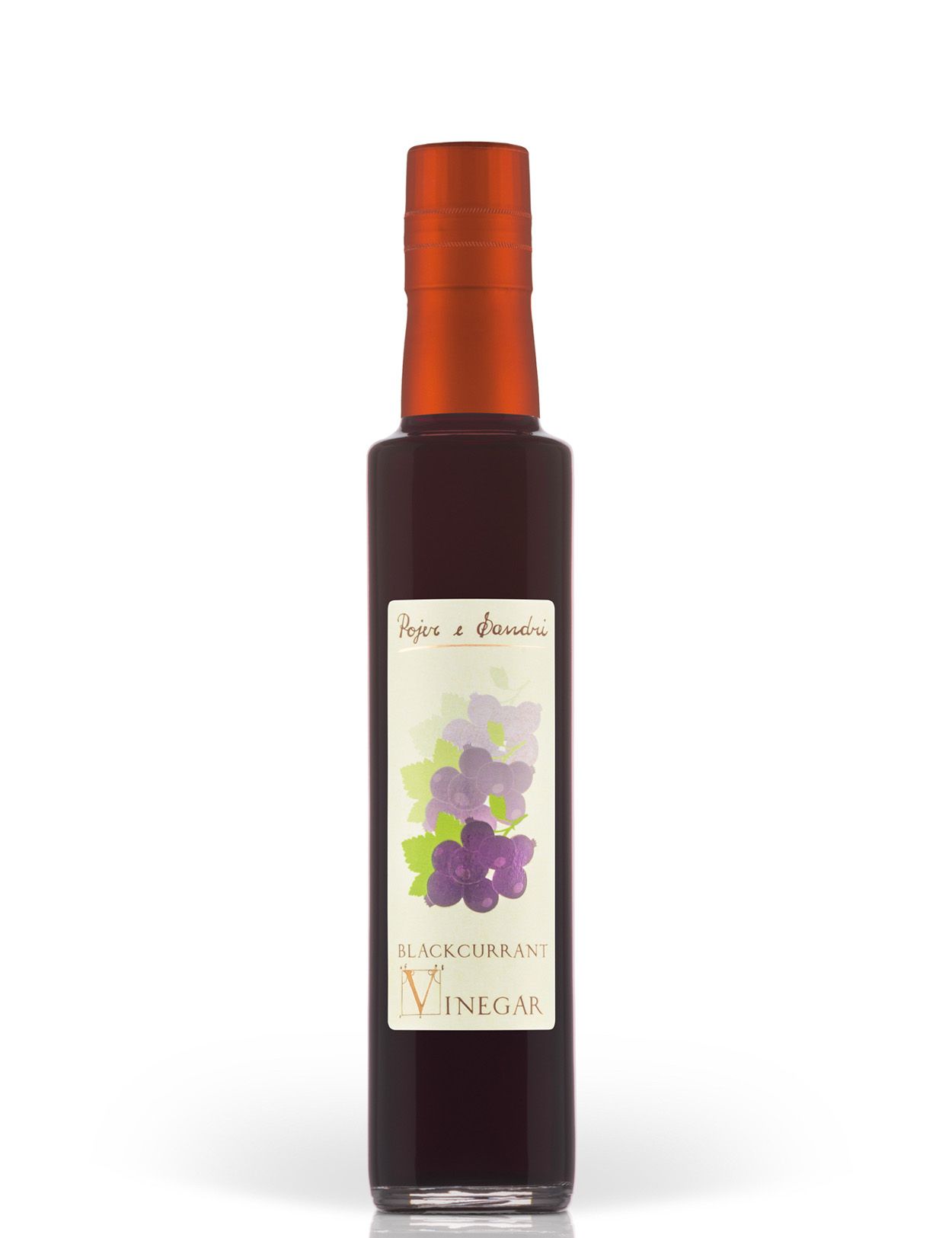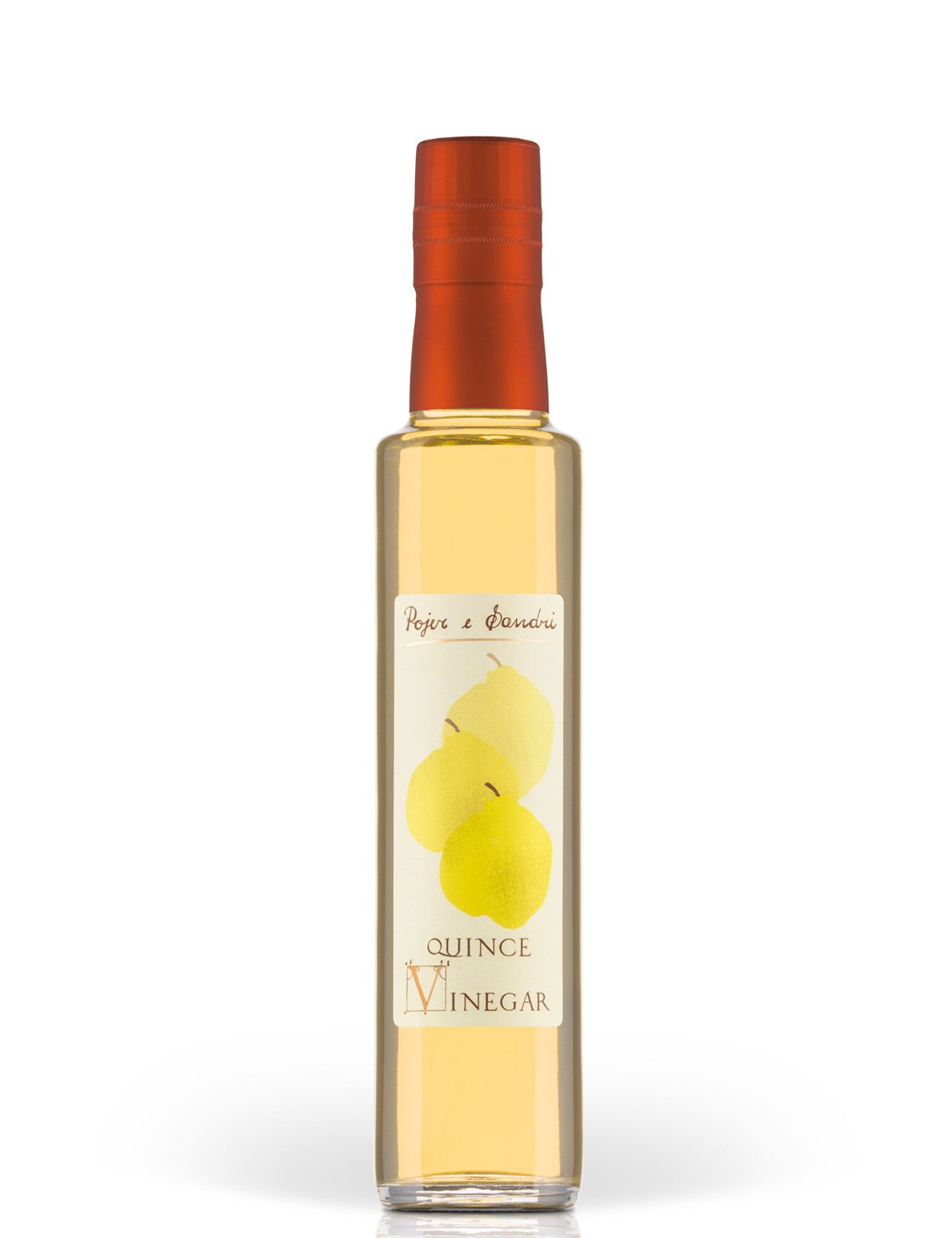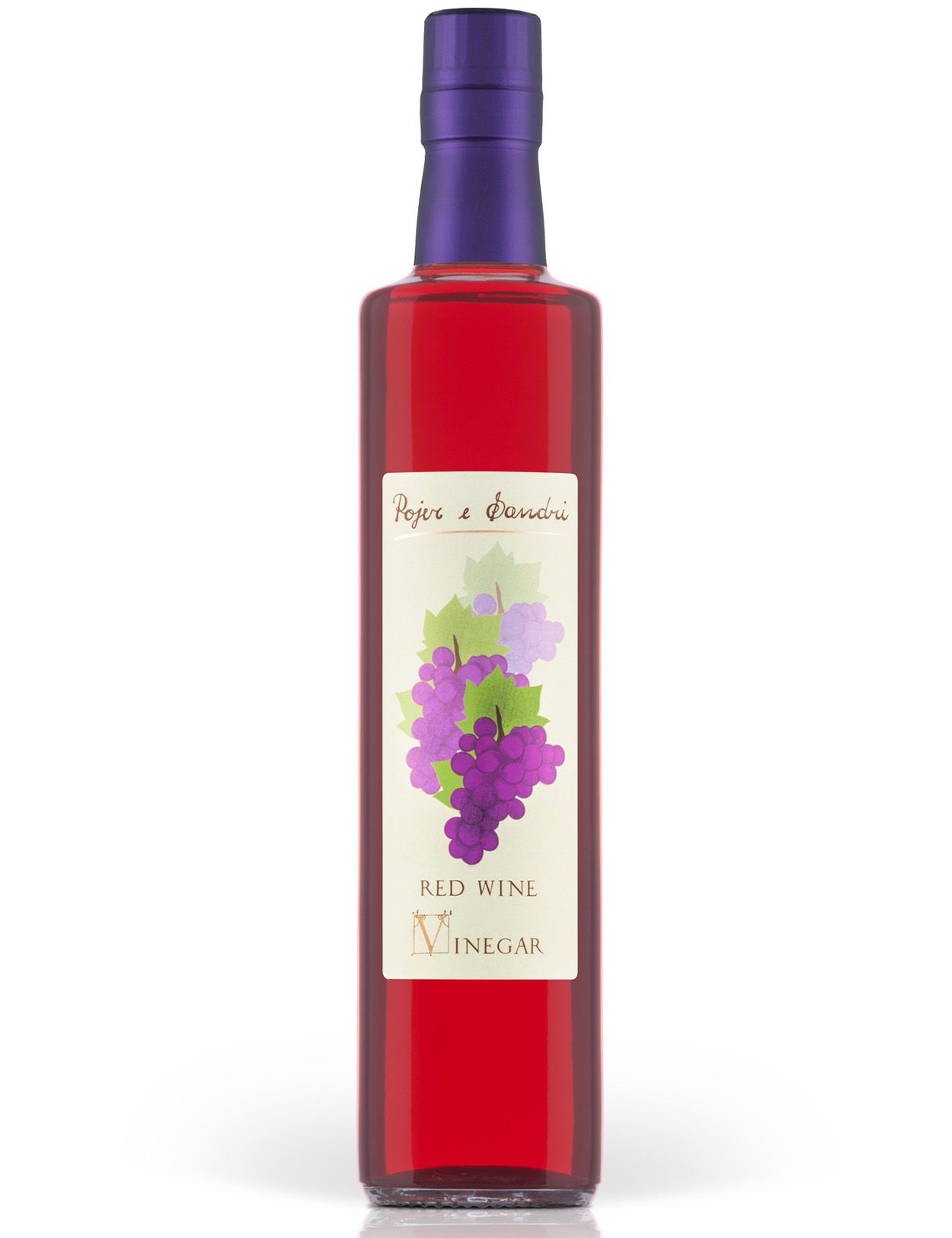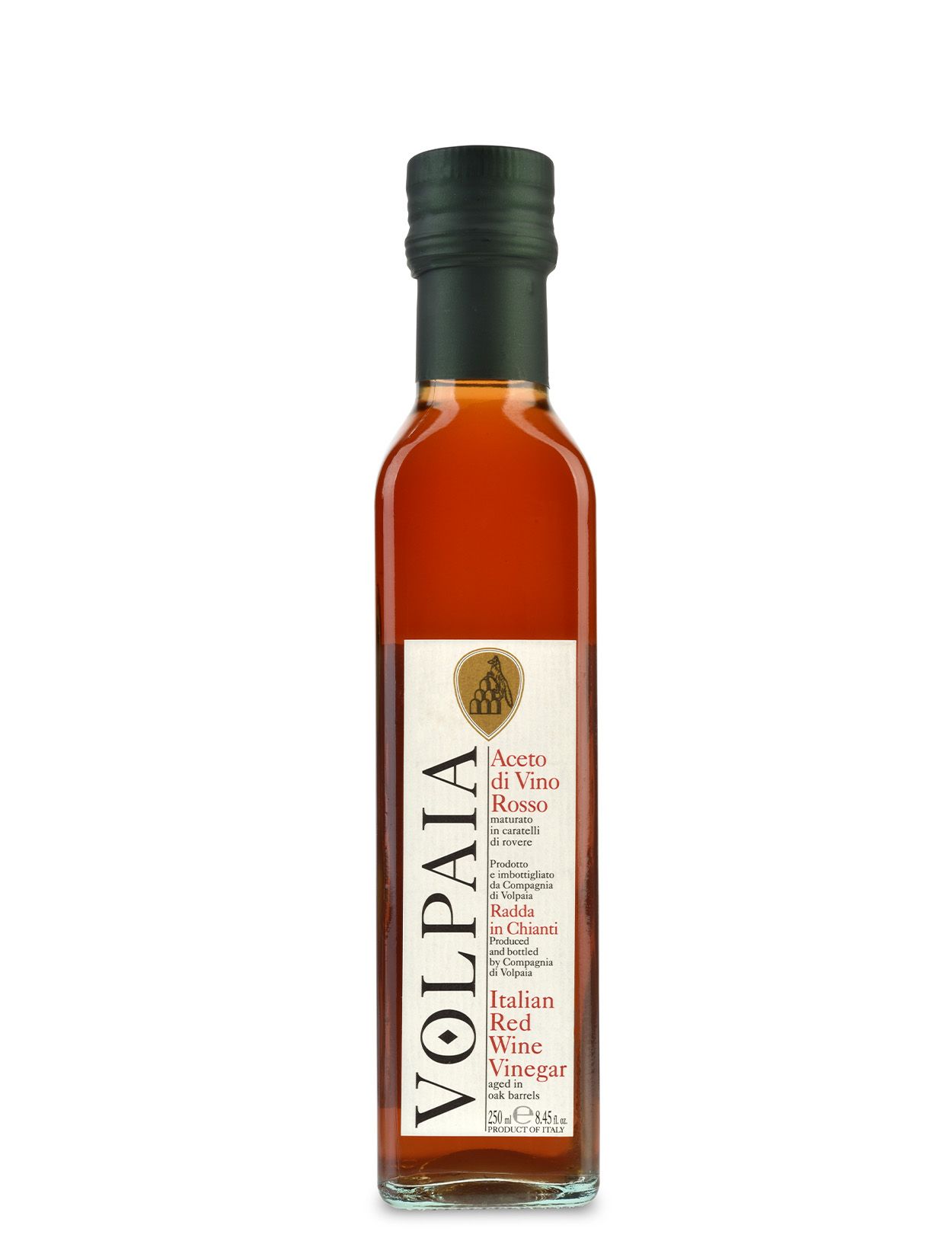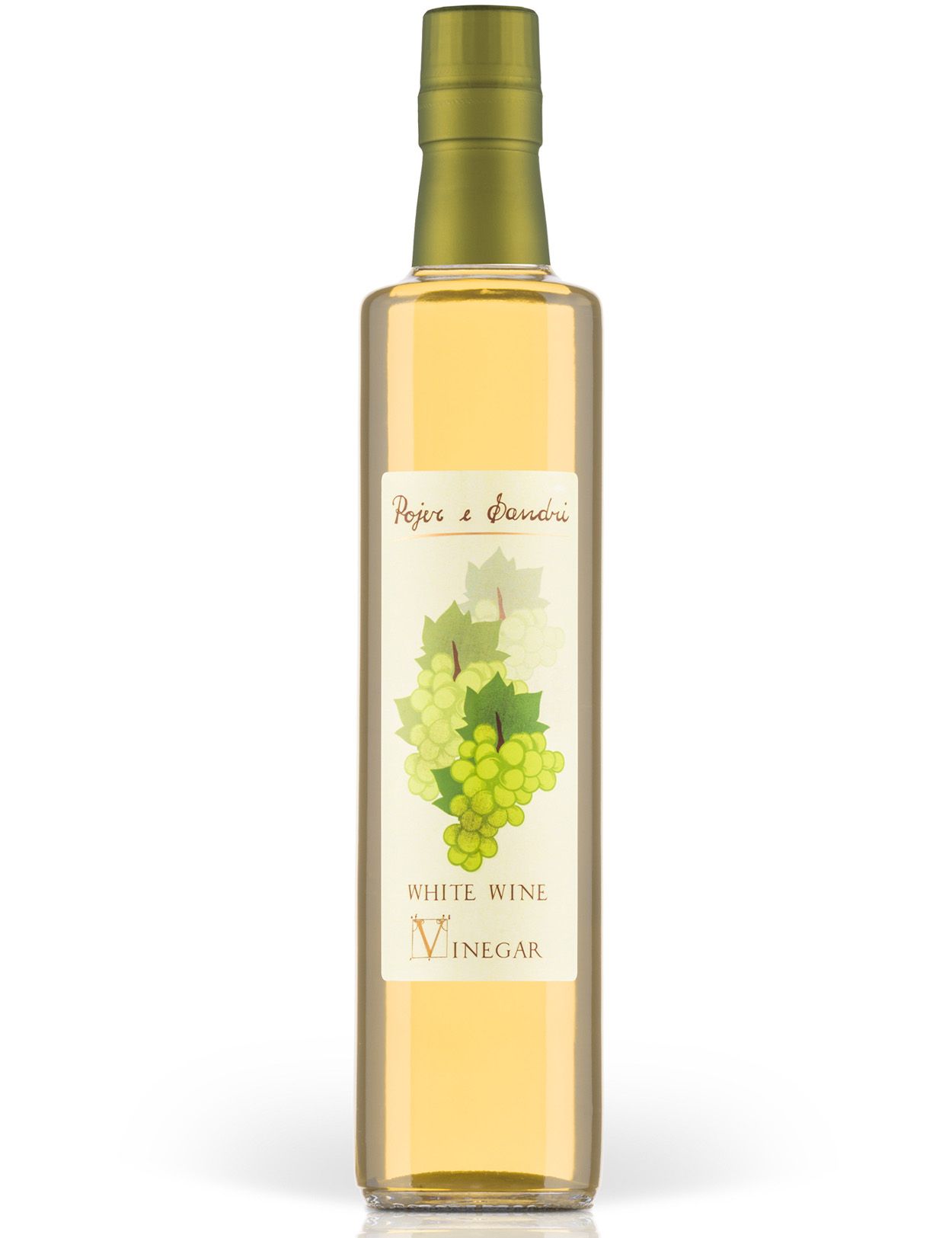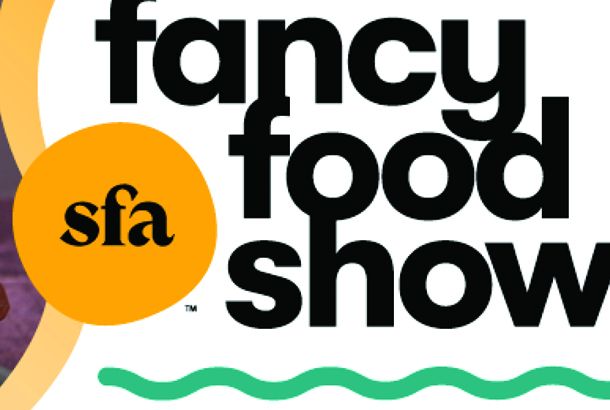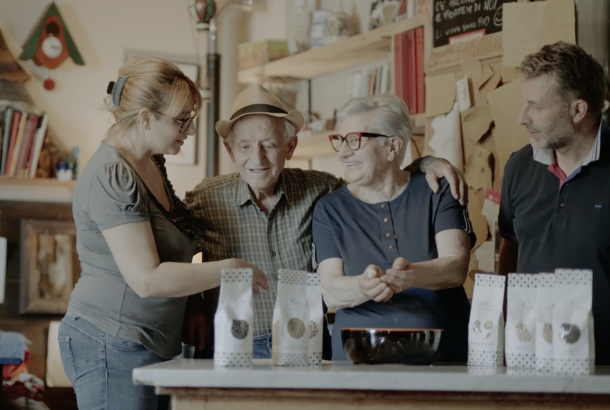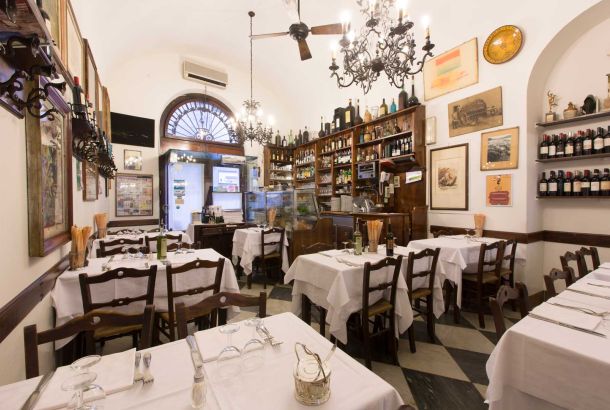A Conversation with Michael Harlan Turkell and Rolando Beramendi
4 Questions with the Author of ACID TRIP: Travels in the World of Vinegar
Michael Harlan Turkell is an award-winning food photographer, podcast host, and cookbook author. We have been devouring his cookbook ACID TRIP: Travels in the World of Vinegar, and loved reading about his visit with our producer Michele Gaido (pg. 93-94).
Michael raved:
"It was a true pleasure stopping by Michele Gaido's acetaia, and tasting through the many varieties of honey he collects."
Rolando Beramendi, Founder of Manicaretti and author of AUTENTICO, recently chatted with Michael about their shared passion for vinegars and the power of acidity:
RB: When you think of Italian vinegars, can you think of three unique adjectives to describe them? and Why?
MHT: Expressive. Overarching. Profound. They have this way of being so singular, special, and multipurpose rather than just being specialized. You can use a red wine vinegar from X, Y & Z the same way in many recipes, and even though it will change the flavor profile a bit, it will be profoundly Italian. Such depth, and nuance comes from Italian wine (and honey) vinegars, that I haven't tasted anywhere else in the world.
RB: Do you think the notion of "Terroir" applies to vinegars? If so, how important are each of the factors in making a great vinegar?
MHT: Terroir is certainly a vinegar term too. Terroir is about the base ingredient, and vinegar is an agricultural product, though many people forget that red wine vinegar initially comes from grapes (or should, as you know many don't; they're made from a bad white distilled vinegar mixed with grape concentrates and caramels, etc ...). The best vinegars are made from the best ingredients. Honey is honey. Red wine vinegar should have a grape or vinegar designated on the label. There should be a place associated with such acidity.
RB: How many different types of vinegars should a good gourmet shop sell? Which ones?
MHT: There's a wide world of vinegar out there, but I think you can get away with stocking a handful in your pantry. Smaller bottles are better. They make you move through them faster, and stay fresher (yes, vinegar ages even in the bottle once it's open, or put it in the fridge to preserve it). I usually have a red wine vinegar, a white wine or honey vinegar, a rice vinegar, a malt/beer vinegar, an apple cider vinegar, sometimes a sherry vinegar, and balsamico as well. So there's a dark, a light, a soft, a strong, a round, a nutty, and a fruity (in order). Then there's fruit vinegar, but those are more specific to dishes, vinaigrettes, finishing dishes/sauces...
RB: Of all the great chefs you know in the country, how many types of vinegars do they have in their pantry?
MHT: Most chefs have an assortment of finishing vinegars, ones to add that extra little pop of brightness to a dish right before it's served, but I don't see that much of an array when it comes to utilitarian vinegars, ones used in mass, for cooking with (e.g. pickling, braising, pan sauces). I think the use of clear vinegars (white, rice) for pickling just because the solution would be dark or cloudy otherwise, limits the flavor spectrum of what can be created.
To order Acid Trip: Travels in the World of Vinegar, visit vinegarcookbook.com.
To learn more about Michael Harlan Turkell's work, visit his website: http://harlanturk.squarespace.com/

